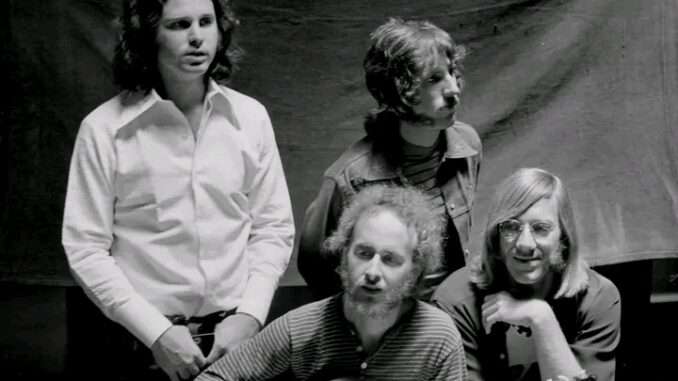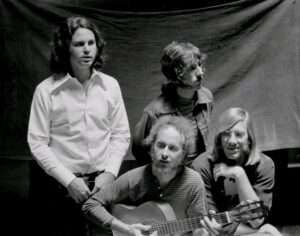
The Doors: How a Psychedelic Quartet Redefined American Rock in Just Six Years
In the kaleidoscopic swirl of 1960s American music, The Doors emerged not just as a band, but as a cultural phenomenon. Born in the heart of Los Angeles in 1965, The Doors—Jim Morrison, Ray Manzarek, Robby Krieger, and John Densmore—defied convention and expectations to craft a sound that was dark, poetic, experimental, and deeply evocative. In just six short years, they etched their name into the annals of rock history, reshaping the very landscape of American music.
From their self-titled debut album in 1967, The Doors signaled that they were something different. The haunting organ of “Light My Fire,” Morrison’s baritone croon, and the band’s jazz-inspired rhythmic complexity made the album a breakout success. But it was more than just the music—it was the aura. The Doors didn’t offer escapism; they were a mirror to the chaos, rebellion, and introspection of a generation seeking truth amid the fog of war, political unrest, and cultural upheaval.

Lyrically, Morrison—often dubbed “The Lizard King”—brought a depth and darkness rarely seen in rock at the time. He fused beat poetry with surreal imagery and existential angst, as heard in songs like “The End” and “When the Music’s Over.” His theatrical stage presence turned concerts into near-spiritual experiences, often unpredictable, always unforgettable.
Musically, The Doors broke boundaries. They had no bass guitarist—Manzarek’s left hand handled that on a Fender Rhodes keyboard bass. Krieger’s flamenco-inspired guitar playing added a unique texture, while Densmore’s jazz-influenced drumming brought both chaos and control. Their sound drew from blues, jazz, classical, and psychedelic rock, yet remained distinctly their own.
Albums like Strange Days, Waiting for the Sun, and Morrison Hotel pushed their artistry further. Songs like “People Are Strange,” “Riders on the Storm,” and “Touch Me” revealed the band’s ability to evolve while staying true to their core ethos: challenging the norm, exploring the taboo, and blurring the line between art and music.
Yet, as meteoric as their rise was, so too was their fall. Jim Morrison’s increasing unpredictability, fueled by substance abuse and personal demons, strained the band’s cohesion. In July 1971, Morrison died in Paris at the age of 27, abruptly ending The Doors’ original era.
But in just six years, The Doors created a legacy far larger than their discography. They redefined what rock music could be—intellectual, dangerous, poetic, and provocative. Their influence still echoes today, proving that even a brief spark can ignite a lasting flame.
Leave a Reply